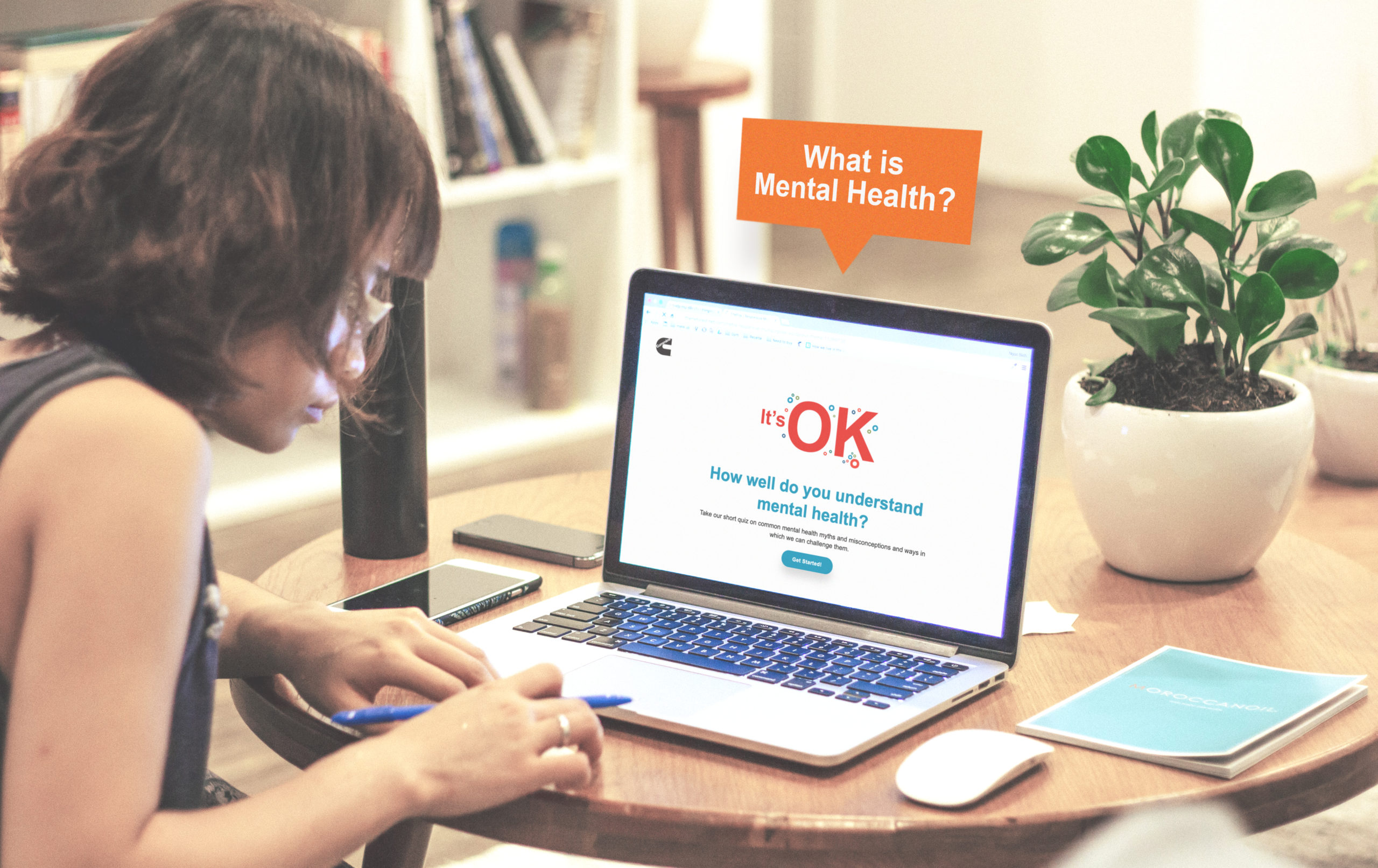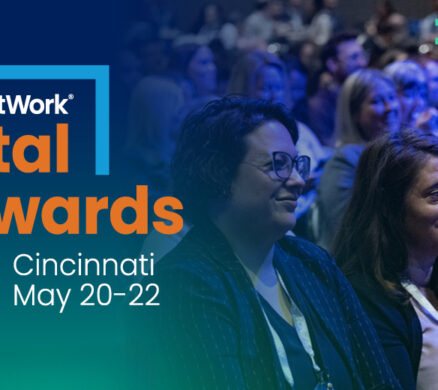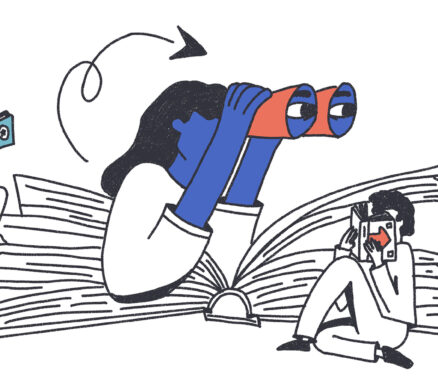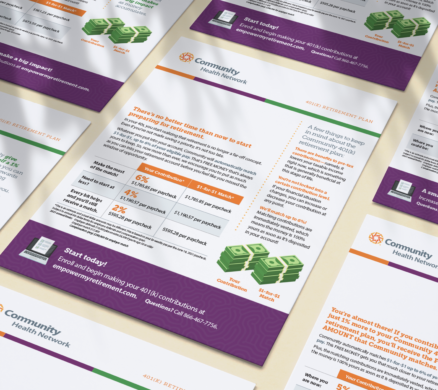
Updated April 2022
If COVID-19, the Great Recession, supply-demand issues and worker shortages have taught us anything over the past couple years, it’s this: employers must elevate efforts around mental wellness. Increase awareness. Talk about it honestly and openly. Make resources available. Creating a culture that supports your workforce—backed by no-cost/low-cost resources to support the emotional well-being of employees—will pay dividends in multiple ways.
As employers up efforts around mental health, many are also striving to help employees build resiliency. Resiliency—it’s what gives people the psychological strength to cope with stress. It isn’t a “chin-up” sort of attitude. Rather, when you build up resiliency, you’re able to work through stressors, cope in healthy ways, adapt and move forward. Having resiliency as an organization can only benefit employees and employers alike.
Communication is a critical part of how you approach mental well-being in the workplace. Proactive communications are integral to making mental wellness and resiliency a key element of your overall health and wellness efforts—and a normal part of your company conversations and culture.
We’ve had the opportunity to partner with a couple employers on their mental wellness and resiliency communications.
Here are five things we’ve learned:
Shift the paradigm from mental illness to mental wellness.
The focus shouldn’t be about something being “wrong” but instead about the importance of taking care of yourself so you can be your best self—at home, at work and in life.
In the same vein, use relatable language that describes what people may be feeling or experiencing.
Describe feelings with words used in everyday conversations—and avoid using too many clinical terms. Talk about available resources via EAP, your health plan, etc. Emphasize that not everyone who is struggling has a diagnosable disorder or needs medicine or therapy. Sometimes people may just need to acknowledge what they are feeling, talk with a trusted friend or colleague or find healthy coping strategies.
Reinforce that mental and emotional challenges are a normal part of the human experience.
Feeling stressed, overwhelmed, unhappy or anxious. These challenges are a normal part of living—with ups and downs, highs and lows, periods of prosperity and periods of pain.
Avoid providing long lists of what people can do to address their challenges.
One clinician advised us that long lists could feel like a step-by-step formula—and it’s overwhelming to someone who is already overwhelmed, feeling stuck or unsure of how to feel better. Instead, company communications can provide a few ideas and encourage people to pick one or two that may work for them.
Finally, continually remind employees about your EAP benefit.
Don’t forget to promote your EAP (see our related blog), which generally provides a set number of FREE counseling sessions to the employee and their family members.
If you’re interested in making mental wellness and resiliency a larger part of your health and wellness efforts, contact us today. We’d love to help you on this important topic.





